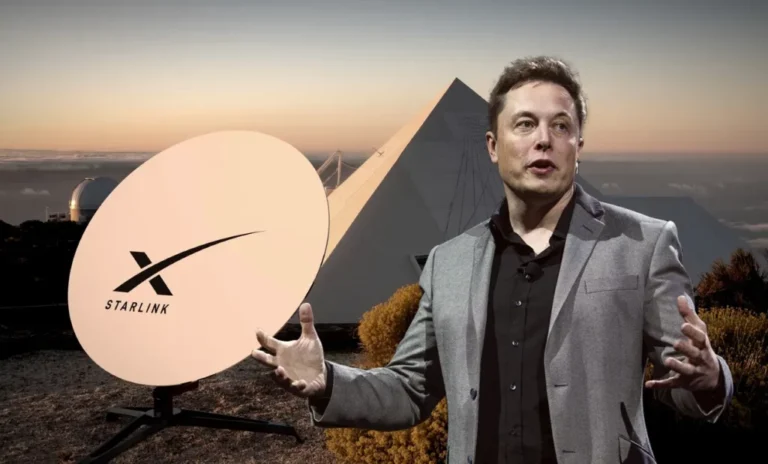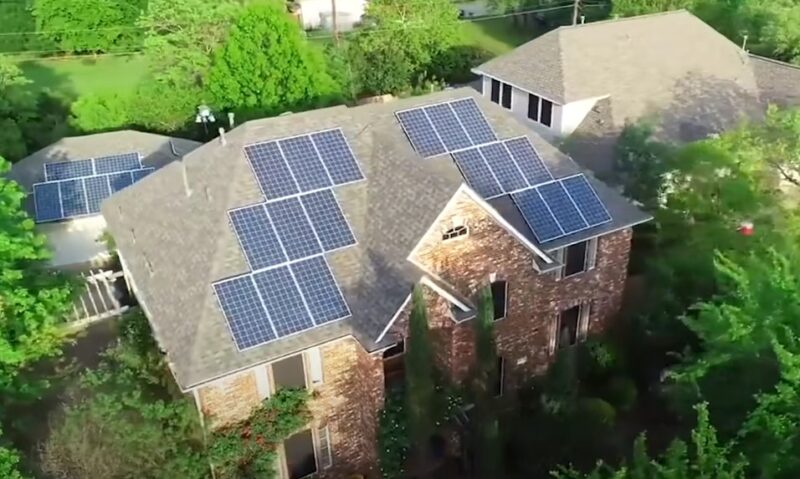There are many reasons why solar-powered generators are so popular in recent years. First of all, the fact that this source of electricity is renewable, but also other benefits like cost-efficiency, positive impact on the environment, and more.
However, there are many characteristics to learn about before you install this system in your home. For example, the quality may depend on the producer and the materials used in the process. The size can also leave a great influence.
Understanding Your Energy Needs

Before you can size your solar system, you need to understand your energy consumption. There are some important factors to consider so that you can make the right choice.
- Monthly Consumption: Begin by examining your electricity bills from the past year. Look for the monthly kWh (kilowatt-hour) usage. This will give you an idea of your average monthly consumption. Remember, consumption can vary seasonally, so it’s essential to consider the entire year.
- Future Energy Needs: Are you planning to buy an electric car or add an air conditioner? Consider any future energy needs, as these will impact the size of your solar system.
Solar Panel Efficiency
Solar panels come in various efficiencies, which can impact the number of panels you need.
Types of Solar Panels
There are primarily three types of solar panels: monocrystalline, polycrystalline, and thin-film. Each has its advantages and efficiency rates.
- Monocrystalline panels are the most efficient but also the most expensive.
- Polycrystalline panels are less efficient but more affordable.
- Thin-film panels are the least efficient but can be suitable for larger areas
Calculating Efficiency
To determine the efficiency of a panel, divide the power output (in watts) by the panel’s area (in square meters). This will give you the panel’s efficiency in watts per square meter.
Solar Panel Quantity
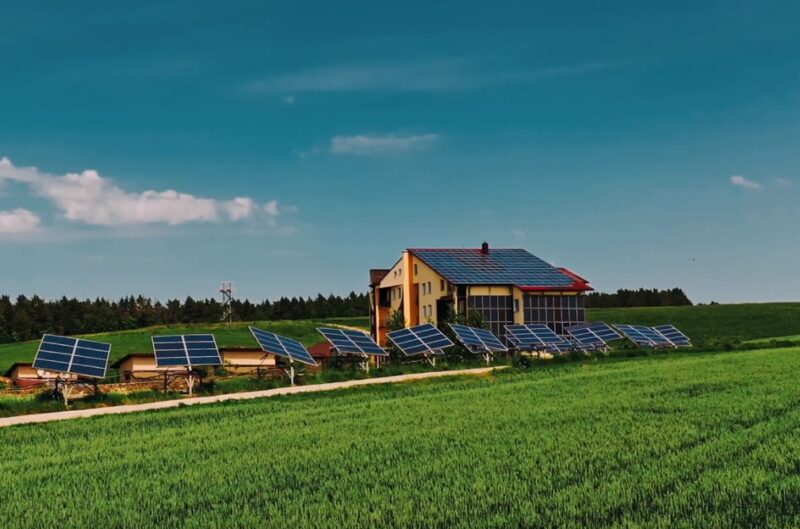
Now that you know your energy needs and understand panel efficiency, you can determine the number of panels required.
- Daily Energy Needs: Divide your monthly energy consumption by 30 to get an average daily consumption. For instance, if your monthly consumption is 600 kWh, your daily consumption is 20 kWh.
- Sunlight Hours: Research the average daily sunlight hours for your location. This varies based on geography and season.
- Panel Quantity Calculation: Divide your daily energy needs by the product of panel efficiency and average sunlight hours. This will give you the number of panels required.
Inverter Sizing
The inverter is a crucial component, converting the DC power from the panels to AC power for your home.
Capacity
Inverters come with a maximum capacity, usually indicated in watts or kilowatts. This capacity should match or exceed the total capacity of your solar panels.
Types of Inverters
There are two main types of inverters:
- String inverters, which are suitable for larger installations with consistent sunlight.
- Microinverters, which are ideal for smaller installations or areas with variable sunlight.
Additional Factors
While the above steps provide a basic guideline, there are other factors to consider.
- Roof Space: Ensure you have enough roof space for the number of panels you need. Consider the orientation and angle of your roof, as these can impact efficiency.
- Local Regulations: Some areas have restrictions on the size or placement of solar installations. Always check local regulations before proceeding.
- Budget: While solar can save you money in the long run, there’s an initial investment. Consider your budget and any available incentives or tax breaks.
Maintenance and Longevity
Once you’ve sized and installed your solar system, it’s essential to consider its maintenance and longevity to ensure optimal performance over the years.
Regular Cleaning
Dust, debris, and bird droppings can reduce the efficiency of your solar panels. It’s recommended to clean your panels regularly, especially in areas with high dust or pollen.
Monitoring System Performance
Modern solar systems come with monitoring tools that allow you to track the performance of your panels. Regular monitoring can help detect any issues early on, ensuring your system operates at peak efficiency.
Backup and Storage Solutions
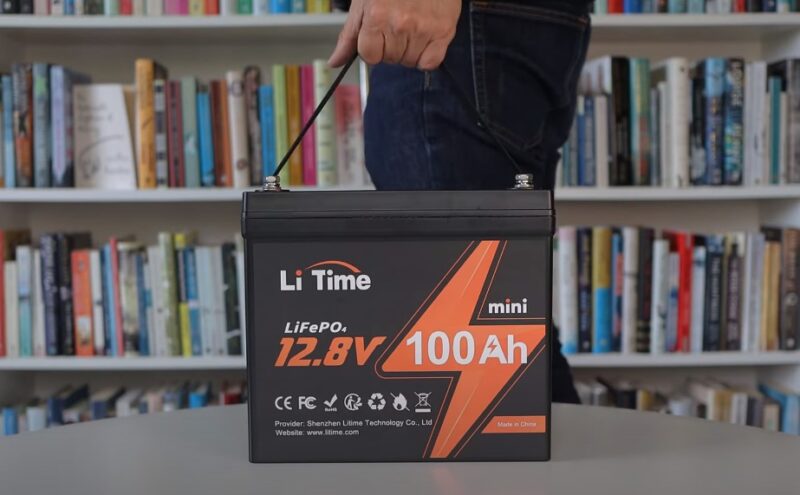
Harnessing solar energy doesn’t stop at generating electricity. Storing excess energy can ensure you have power even when the sun isn’t shining.
Solar Batteries
These are designed to store excess energy generated during the day for use during the night or cloudy days. Popular options include the Tesla Powerwall and LG Chem.
Grid-Tied Systems
If you’re connected to the local electricity grid, you can often sell excess energy back to the utility company. This not only reduces your electricity bill but can also earn you money.
Environmental and Economic Benefits
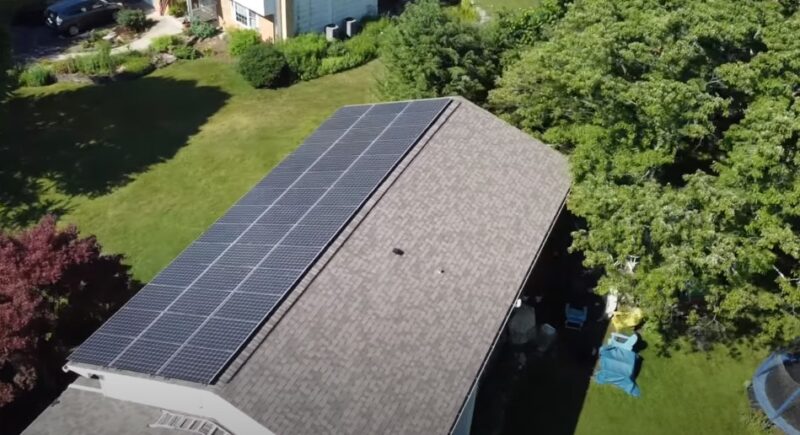
Beyond the technical aspects, it’s essential to understand the broader benefits of solar energy.
Reducing Carbon Footprint
Solar panels produce clean, renewable energy, significantly reducing greenhouse gas emissions. By transitioning to solar, you’re playing a part in combating climate change.
Economic Savings
While there’s an upfront cost to installing a solar system, the long-term savings are substantial. With rising electricity prices, solar can offer significant savings over the lifespan of the system, often paying for itself in a few years.
According to Chauncey Crail,
“Solar installation prices vary widely; a small system can cost as low as $5,000, while large, high-end installations can run upwards of $40,000. The average cost of solar panels with installation also varies by state with a range from$13,000 to $20,000 for a 6-kW system.”
The payback period for solar panels is between five to 10 years. This can vary based on factors like initial cost, local energy prices, and available incentives. If a solar system covers all energy usage, one could save up to $1,500 a year.
Given the average startup costs and savings, it could take about eight years to break even. Over the life of the system (25-30 years), a typical household could save between $25,500 to $33,000, assuming energy prices remain constant.
FAQs
What is the average lifespan of a solar panel?
The average lifespan of a solar panel is around 25 to 30 years. However, this doesn’t mean they stop producing electricity after this period. Instead, their efficiency might reduce, typically producing about 80% of their initial capacity after 25 years.
How do weather conditions affect solar panel efficiency?
Weather conditions can have a significant impact on solar panel efficiency. While solar panels can still produce electricity on cloudy days, their output might be reduced. Snow can block sunlight, but once it melts or is cleared off, the panels return to their regular efficiency.
Can I install solar panels on a flat roof?
Yes, solar panels can be installed on flat roofs. In fact, flat roofs offer flexibility in positioning the panels at an optimal angle using mounting systems. It’s essential to ensure proper water drainage to avoid any potential damage to the panels or roof.
How do I protect my solar system during storms or hurricanes?
Solar panels are designed to be durable and can withstand the elements, including strong winds. However, if you live in an area prone to extreme weather conditions like hurricanes, it’s advisable to invest in mounting systems that can secure the panels firmly. Additionally, regular inspections after major storms can help detect and address any potential damage early on.
Are there any mobile apps or tools to help me monitor my solar system’s performance?
Yes, many solar system providers offer mobile apps or web platforms that allow homeowners to monitor their system’s performance in real-time. These tools can provide insights into daily energy production, consumption, and even forecast future performance based on weather predictions.
What happens if one of my solar panels malfunctions or breaks?
If a single panel malfunctions, it doesn’t mean your entire system will stop working. However, the overall efficiency might be reduced. It’s essential to address any malfunctioning panels promptly. Many solar panel manufacturers offer warranties that cover repairs or replacements for a specified period, so it’s advisable to check with your provider.
Summary
Transitioning to solar energy is a crucial step towards sustainability. By understanding the complexity of sizing a solar system, you’re not only ensuring optimal performance but also maximizing your investment. Remember, solar is more than just panels on a roof; it’s a commitment to a brighter, cleaner future for all.
Related Posts:
- How to Start a Business in Nigeria: Step-by-Step Guide
- What Is a Biomass Boiler? - A Guide to Renewable…
- Green Your Mission - A Comprehensive Guide to…
- Monocrystalline vs. Polycrystalline Solar Panels:…
- Why You Should Clean and Maintain Your Solar Panels:…
- How Much Electricity Does a Solar Panel Produce? -…




